Computational Programming as a Tool in the Teaching of Electromagnetism in Engineering Courses: Improving the Notion of Field
Abstract
1. Introduction
2. Methods and Results
2.1. Laboratory Projects
2.2. Questionnaires
- Electromagnetism is a difficult subject in my degree.
- Computer programming is a useful tool for my future work.
- is an accessible learning tool.
- The programming concepts presented in the activities developed in the practical classes are simple and easy to use.
- The graphical interfaces used allow one to easily view field lines, either scalar or vector.
- Using the computational programming activities was useful to simulate physical situations that I could not visualize in the theoretical classes.
- Computer programming activities allowed me to have a better understanding of the concept of field.
3. Final Remarks
Funding
Acknowledgments
Conflicts of Interest
Appendix A
References
- Papert, S. Mindstorms: Children, Computers, and Powerful Ideas; Basic Books: New York, NY, USA, 1980. [Google Scholar]
- Teodoro, V. Modellus: Learning Physics with Mathematical Modelling. Ph.D. Thesis, FCT—Universidade Nova Lisboa, Almada, Portugal, 2002. [Google Scholar]
- Lopez, S.; Veit, E.; Araujo, I. Una revisión de literatura sobre el uso de modelación y simulación computacional para la enseñanza de la física en la educación básica y media. Rev. Bras. Ensino Física 2016, 38, e2401. [Google Scholar] [CrossRef]
- Neves, R.; Teodoro, V. Enhancing Science and Mathematics Education with Computational Modelling. J. Math. Model. Appl. 2010, 1, 2–15. [Google Scholar]
- Neves, R.; Teodoro, V. Modelação computacional, ambientes interactivos e o Ensino da Ciência, Tecnologia, Engenharia e Matemática. Rev. Lusófona Educ. 2013, 25, 35–58. [Google Scholar]
- Carvalho, P.S.; Christian, W.; Belloni, M. Physlets e Open Source Physics para professores e estudantes portugueses. Rev. Lusófona De Educ. 2013, 25, 59–72. [Google Scholar]
- Silva, S.; da Silva, R.L.; Junior, J.T.G.; Gonçalves, E.; Viana, E.R.; Wyatt, J.B.L. Animation with Algodoo: A simple tool for teaching and learning physics. Exatas 2014, 5, 28. [Google Scholar]
- Iwaniec, D.; Childers, D.L.; van Lehn, K.; Wiek, A. Studying, Teaching and Applying Sustainability Visions Using Systems Modeling. Sustainability 2014, 6, 452–4469. [Google Scholar] [CrossRef]
- Heidemann, L.; Araujo, L.; Veit, E. Atividades experimentais com enfoque no processo de modelagem científica: Uma alternativa para a ressignificação das aulas de laboratório em cursos de graduação em física. Rev. Bras. Ensino Físíca 2016, 38, 1504. [Google Scholar] [CrossRef]
- Neves, R. Melhorar o ensino e a aprendizagem do electromagnetismo com modelação computacional interactiva. Rev. Lusófona Educ. 2017, 35, 171–190. [Google Scholar]
- Burke, C.J.; Atherton, T.J. Developing a project-based computational physics course grounded in expert practice. Am. J. Phys. 2017, 85, 301–310. [Google Scholar] [CrossRef]
- Caballero, M.D.; Burk, J.B.; Aiken, J.M.; Thoms, B.D.; Douglas, S.S.; Scanlon, E.M.; Schatz, M.F. Integrating numerical computation into the modeling instruction curriculum. Phys. Teach. 2014, 52, 38–42. [Google Scholar] [CrossRef]
- Chabay, R.; Sherwood, B. Computational physics in the introductory calculus-based course. Am. J. Phys. 2008, 76, 307–313. [Google Scholar] [CrossRef]
- Alves, R.G. Introdução ao Electromagnetismo; Edições Universitárias Lusófonas: Lisboa, Portugal, 2005. [Google Scholar]
- Azmi, N.A.; Mohd-Yusof, K.; Phang, F.A.; Hassan, S.A.H.S. Motivating engineering students to engage in learning computer programming. Adv. Intell. Syst. Comput. 2018, 627, 143–157. [Google Scholar]
- Heeg, J.J.; Flenar, K.; Ross, J.A.; Okel, T.; Deshpande, T.A.; Bucks, G.; Ossman, K.A. Effective educational methods for teaching assistants in a first-year engineering MATLAB® course. In Proceedings of the 121st ASEE Annual Conference and Exposition: 360 Degrees of Engineering Education, Indianapolis, IN, USA, 15–18 June 2014. [Google Scholar]
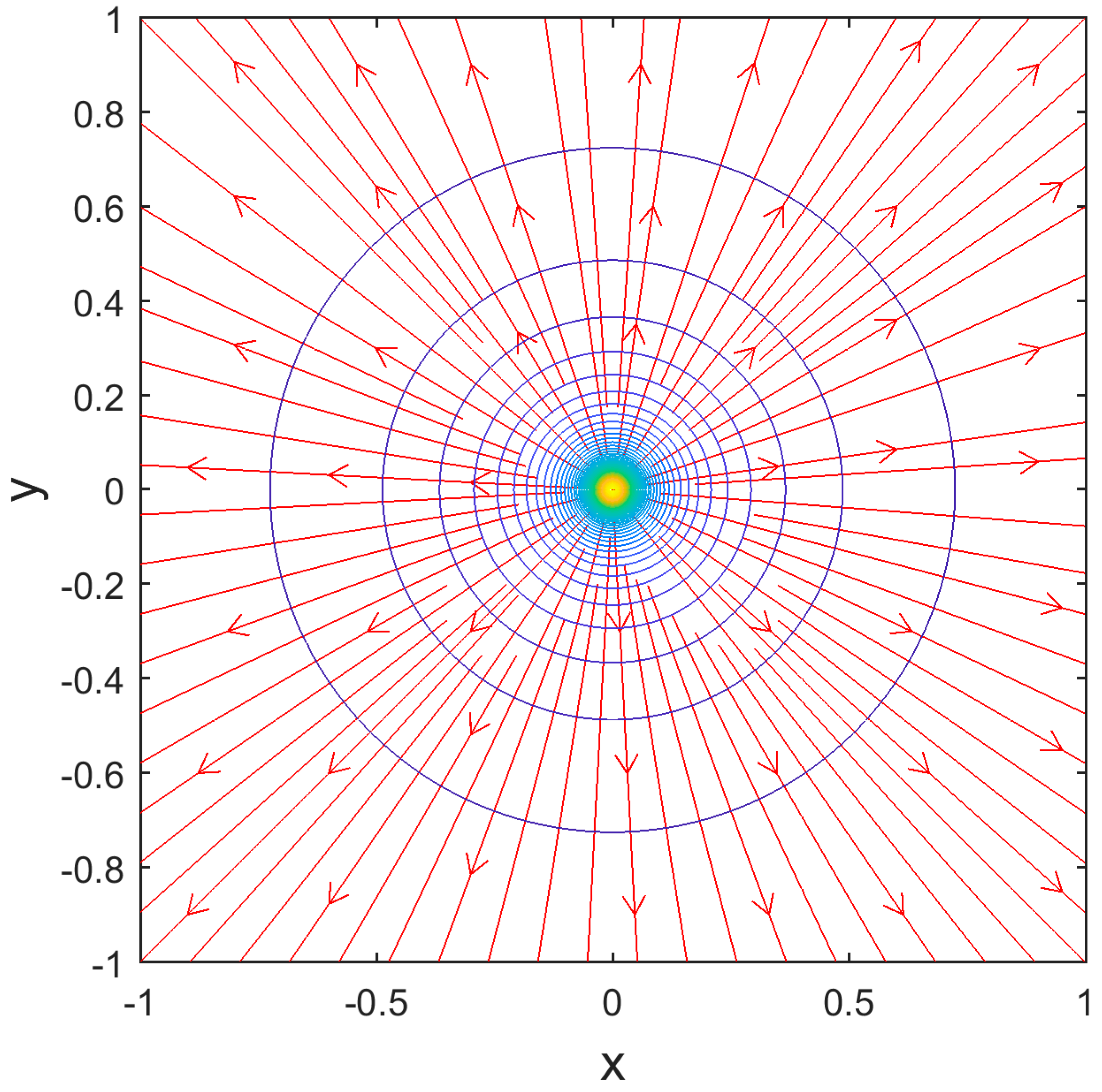
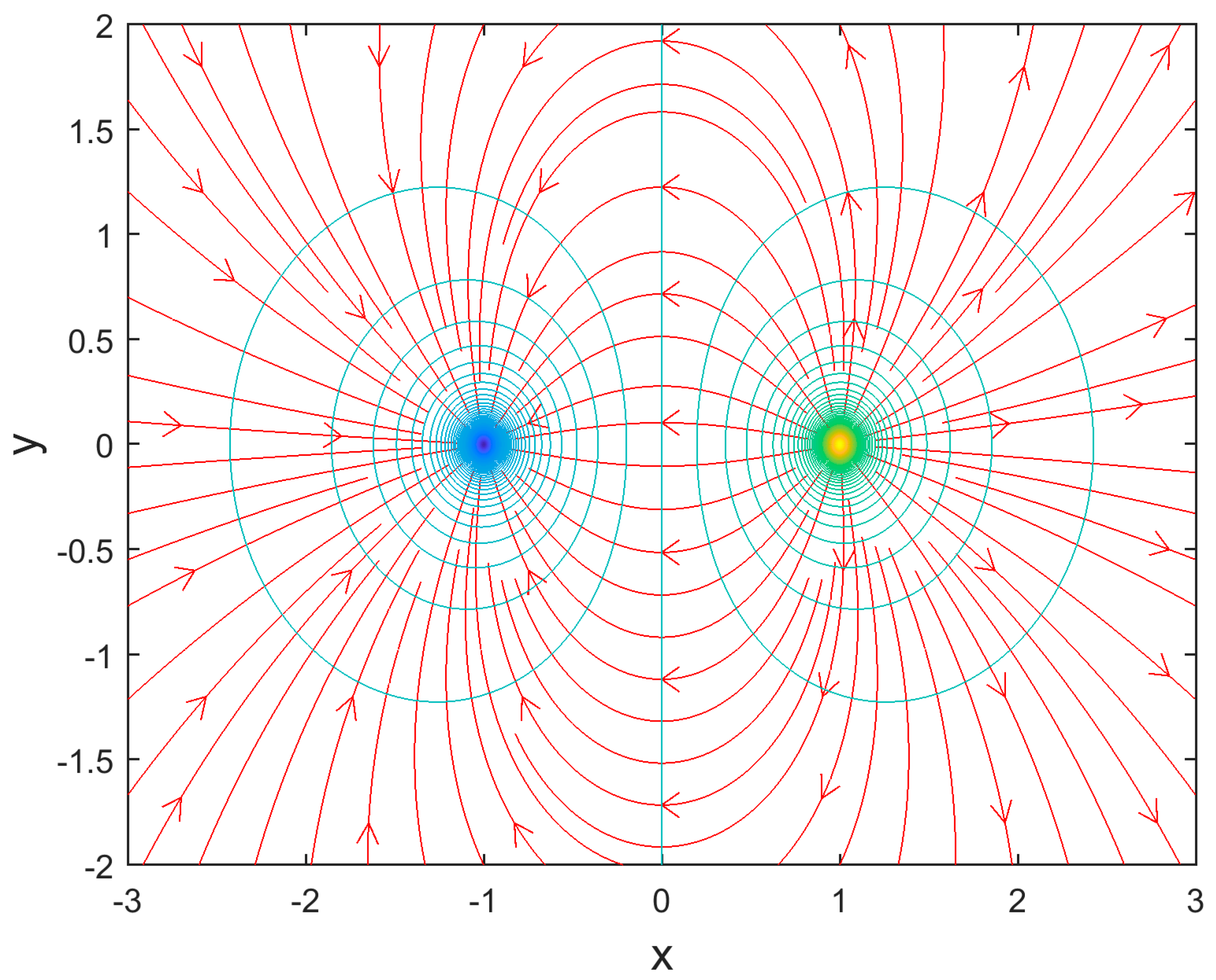
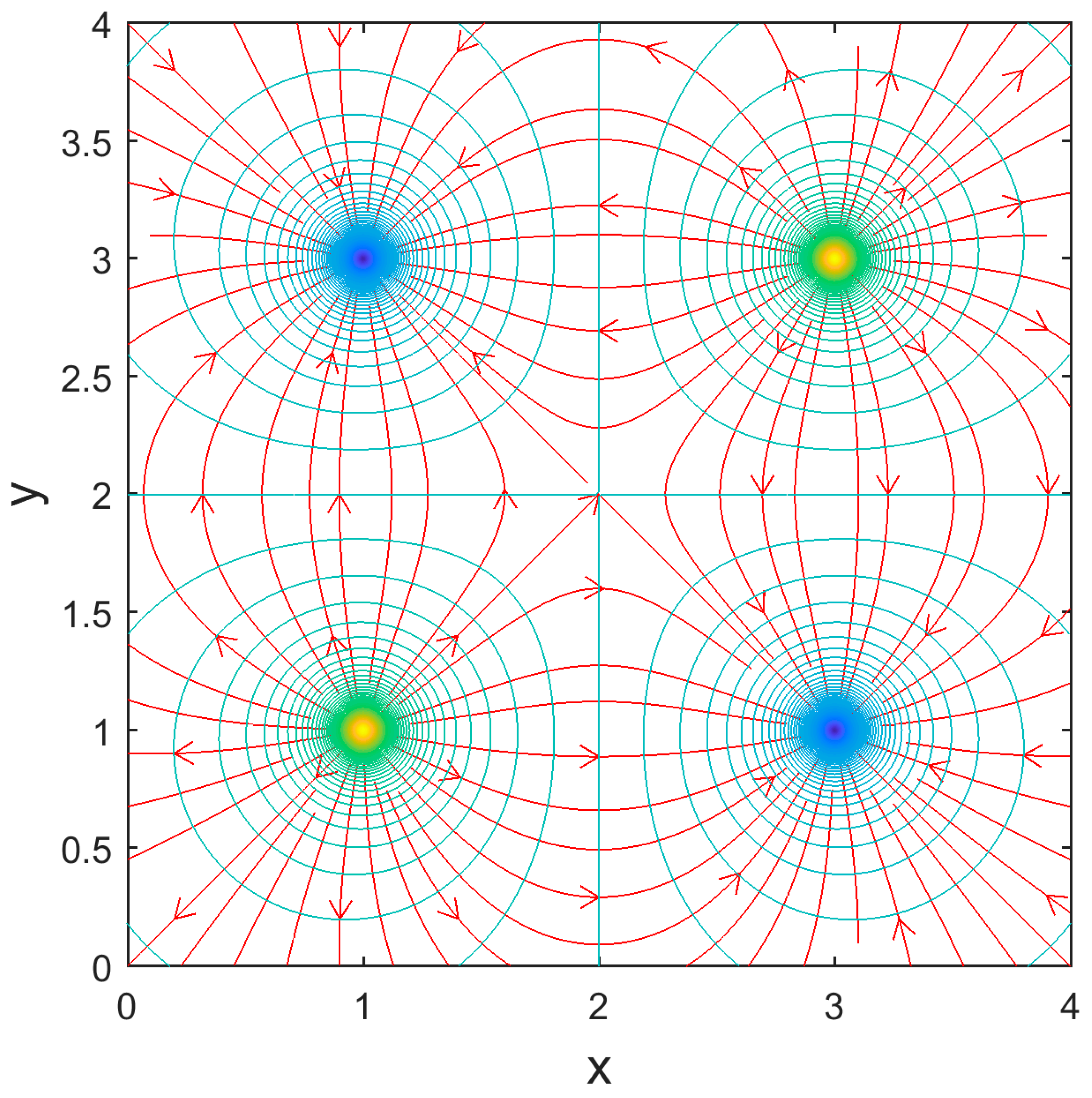
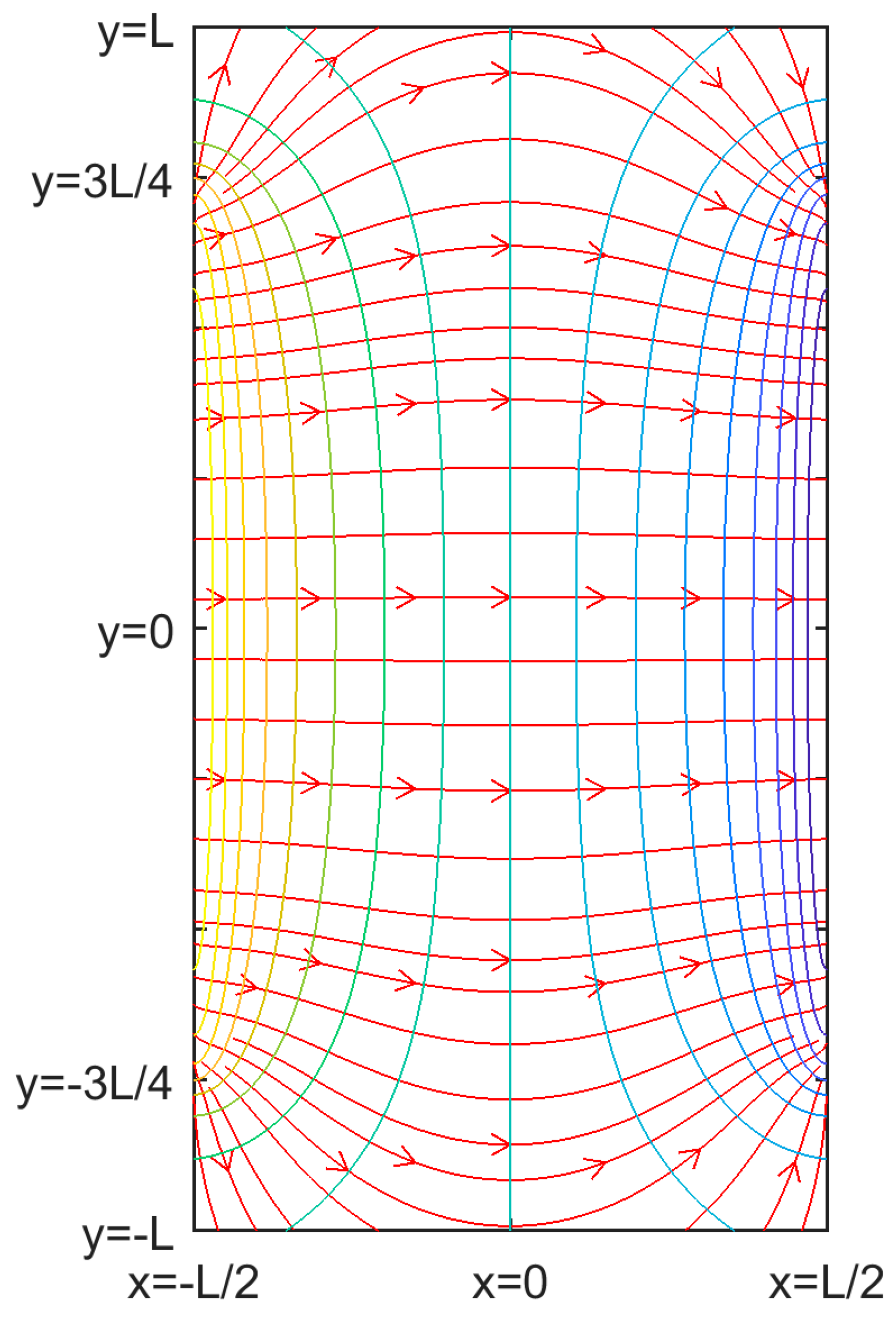
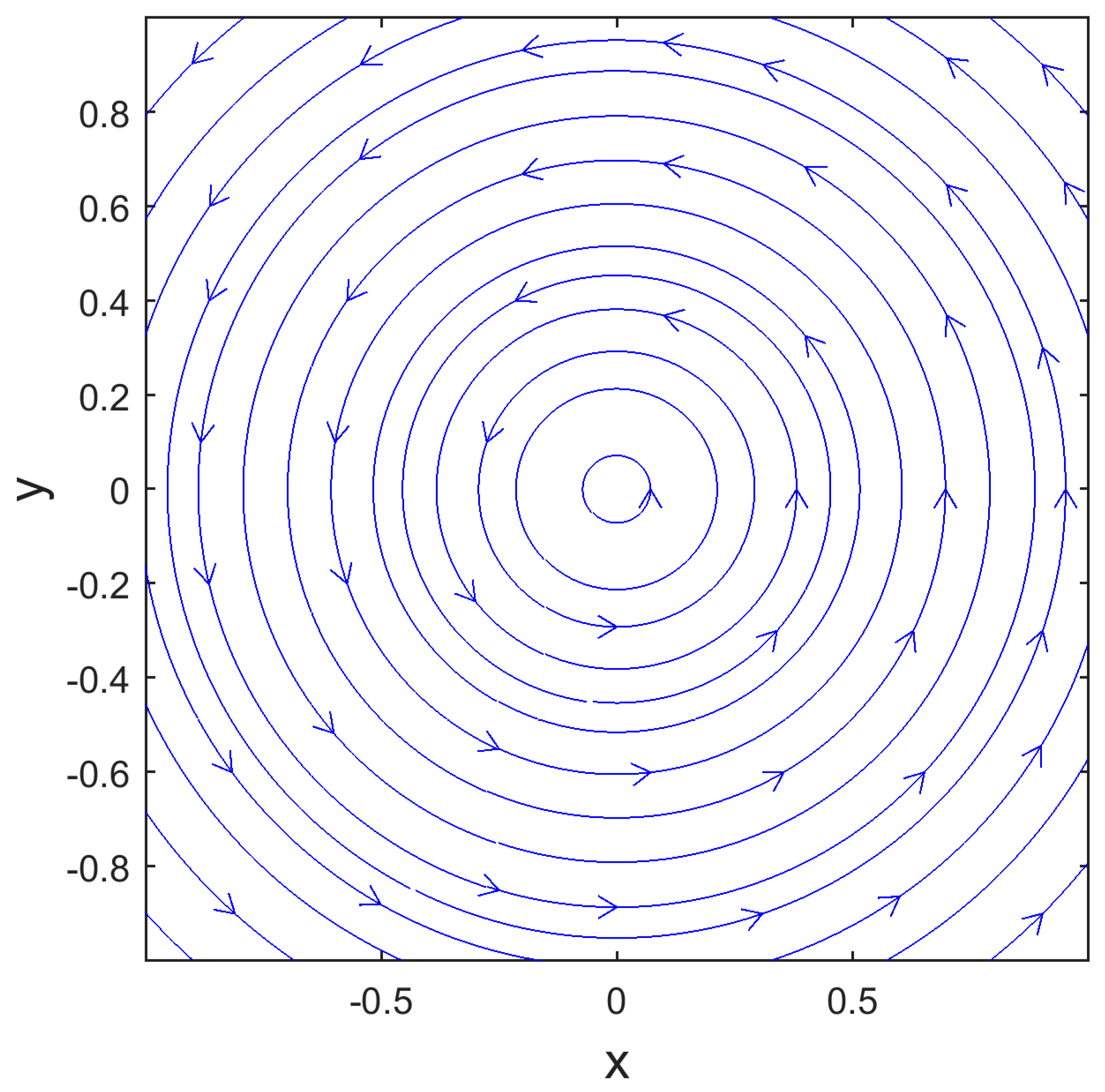
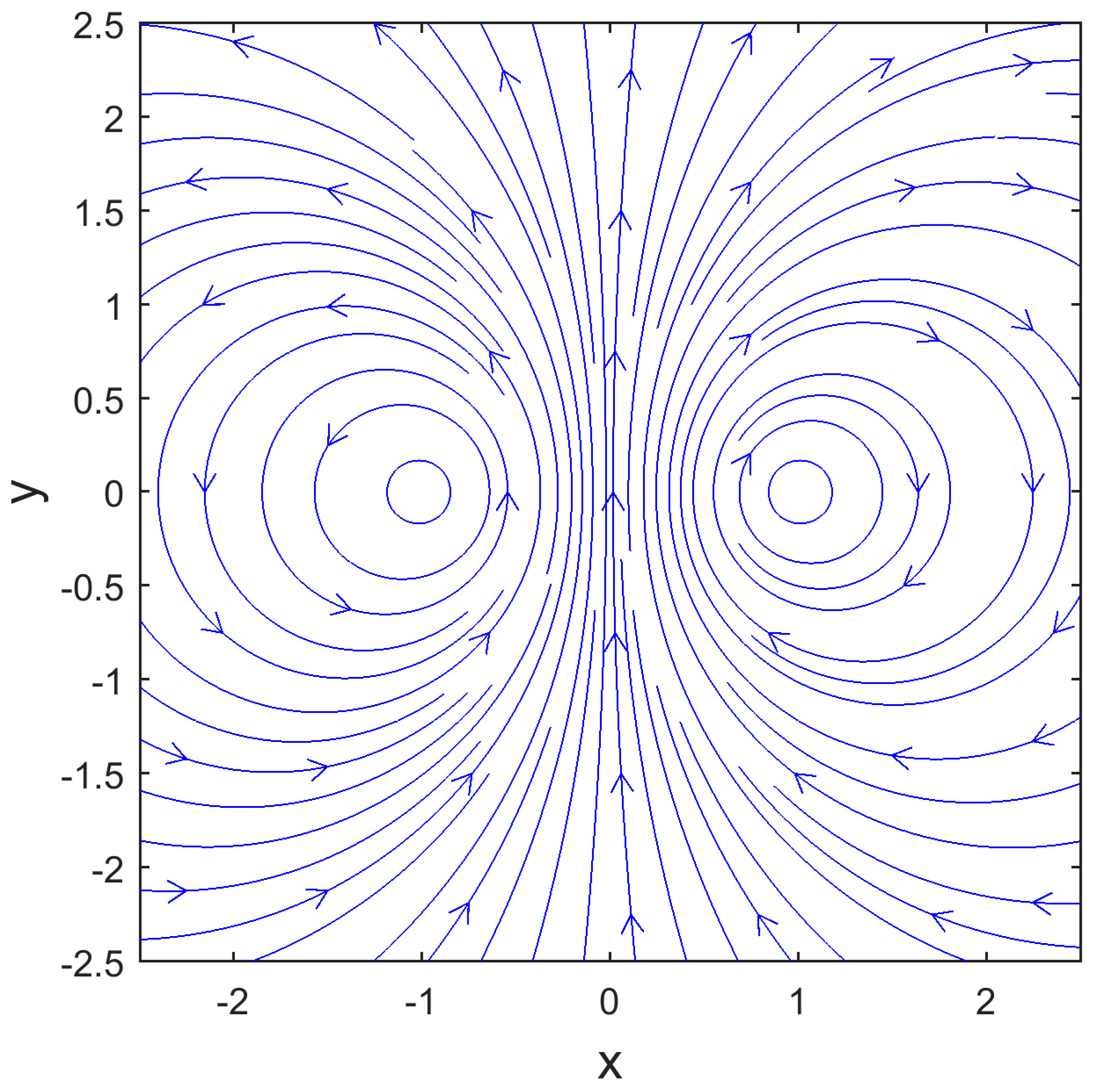
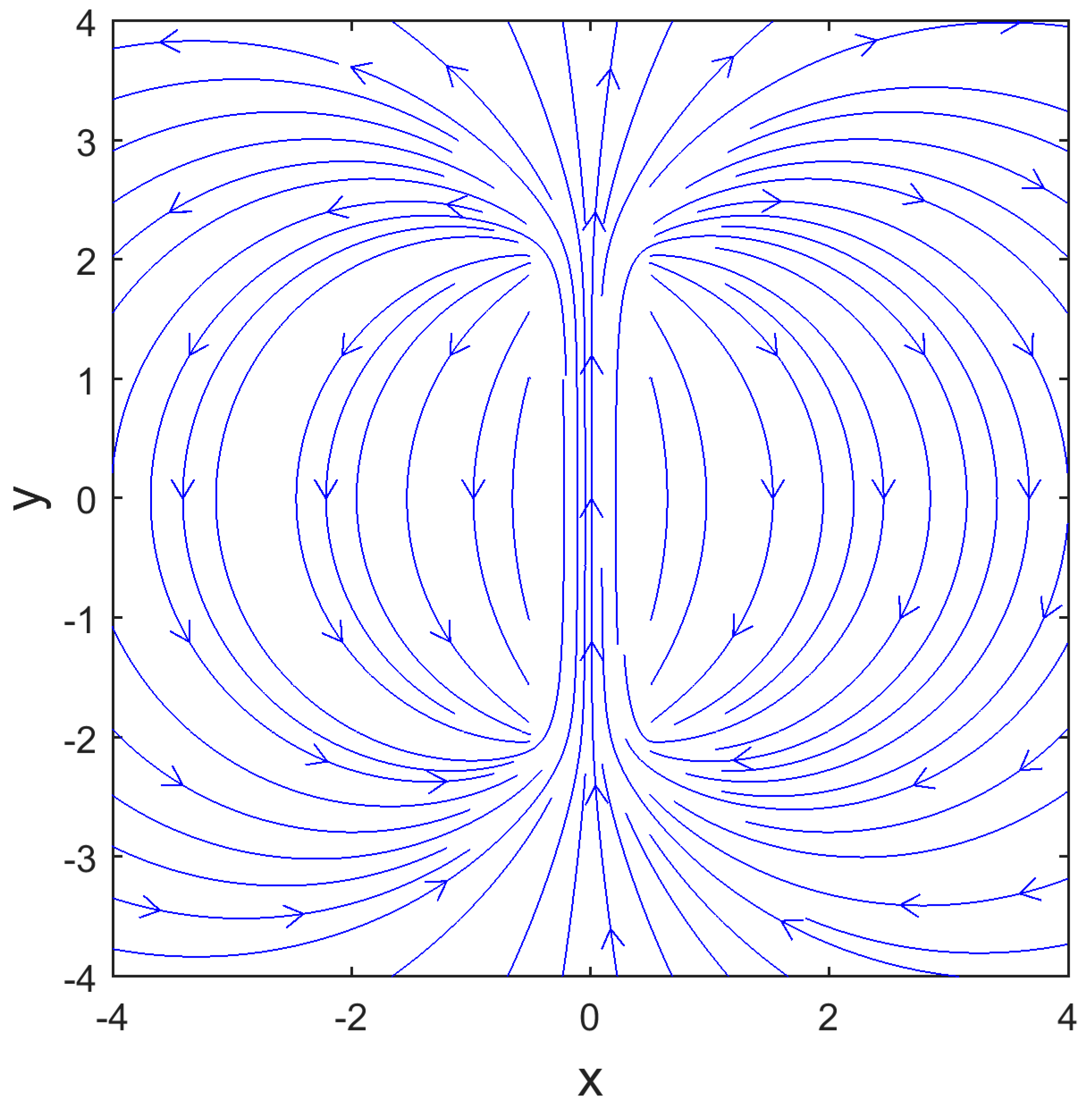
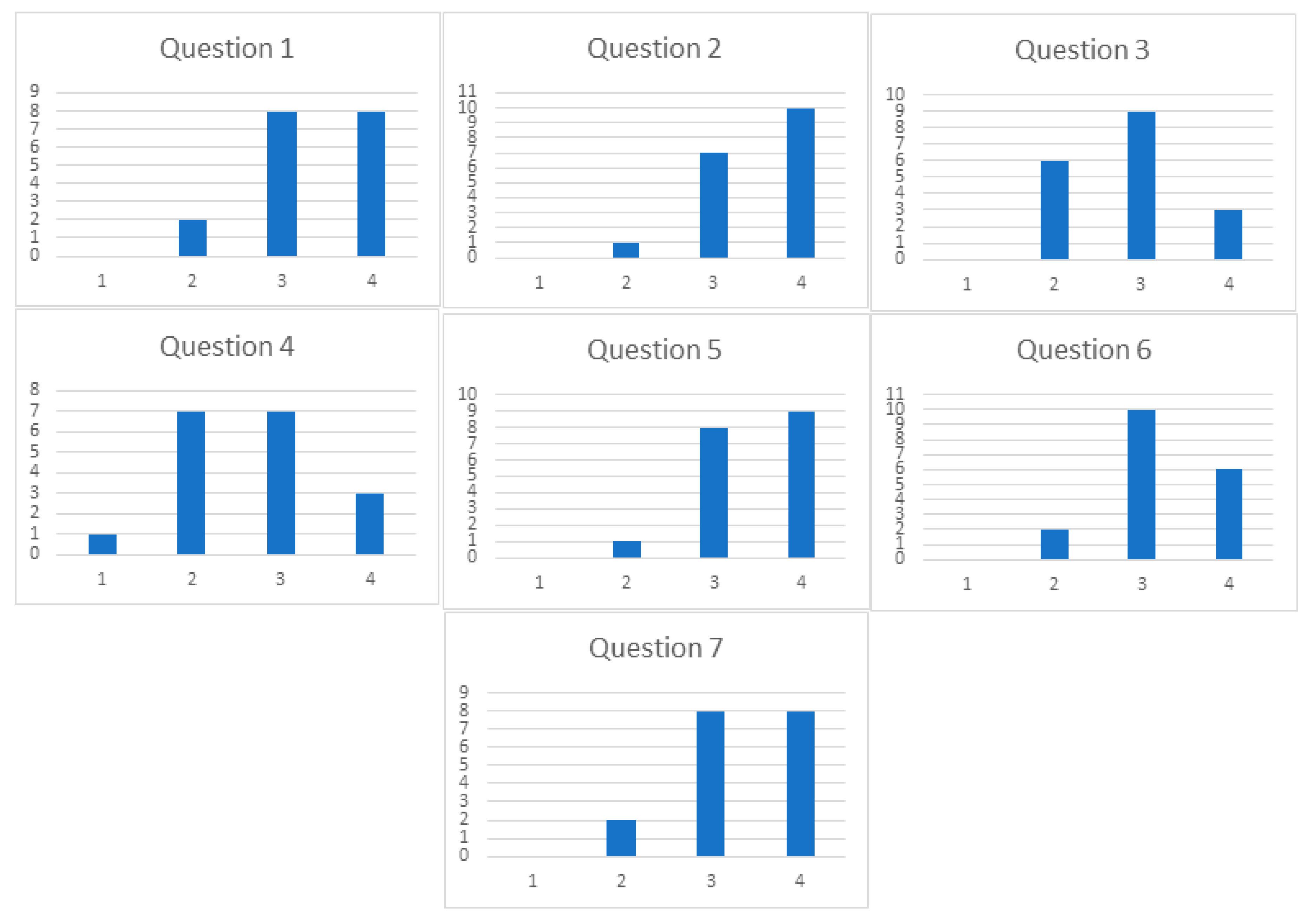
© 2019 by the authors. Licensee MDPI, Basel, Switzerland. This article is an open access article distributed under the terms and conditions of the Creative Commons Attribution (CC BY) license (http://creativecommons.org/licenses/by/4.0/).
Share and Cite
Nogueira, J.R.; Alves, R.; Marques, P.C. Computational Programming as a Tool in the Teaching of Electromagnetism in Engineering Courses: Improving the Notion of Field. Educ. Sci. 2019, 9, 64. https://doi.org/10.3390/educsci9010064
Nogueira JR, Alves R, Marques PC. Computational Programming as a Tool in the Teaching of Electromagnetism in Engineering Courses: Improving the Notion of Field. Education Sciences. 2019; 9(1):64. https://doi.org/10.3390/educsci9010064
Chicago/Turabian StyleNogueira, J. Robert, Ricardo Alves, and P. Carmona Marques. 2019. "Computational Programming as a Tool in the Teaching of Electromagnetism in Engineering Courses: Improving the Notion of Field" Education Sciences 9, no. 1: 64. https://doi.org/10.3390/educsci9010064
APA StyleNogueira, J. R., Alves, R., & Marques, P. C. (2019). Computational Programming as a Tool in the Teaching of Electromagnetism in Engineering Courses: Improving the Notion of Field. Education Sciences, 9(1), 64. https://doi.org/10.3390/educsci9010064





